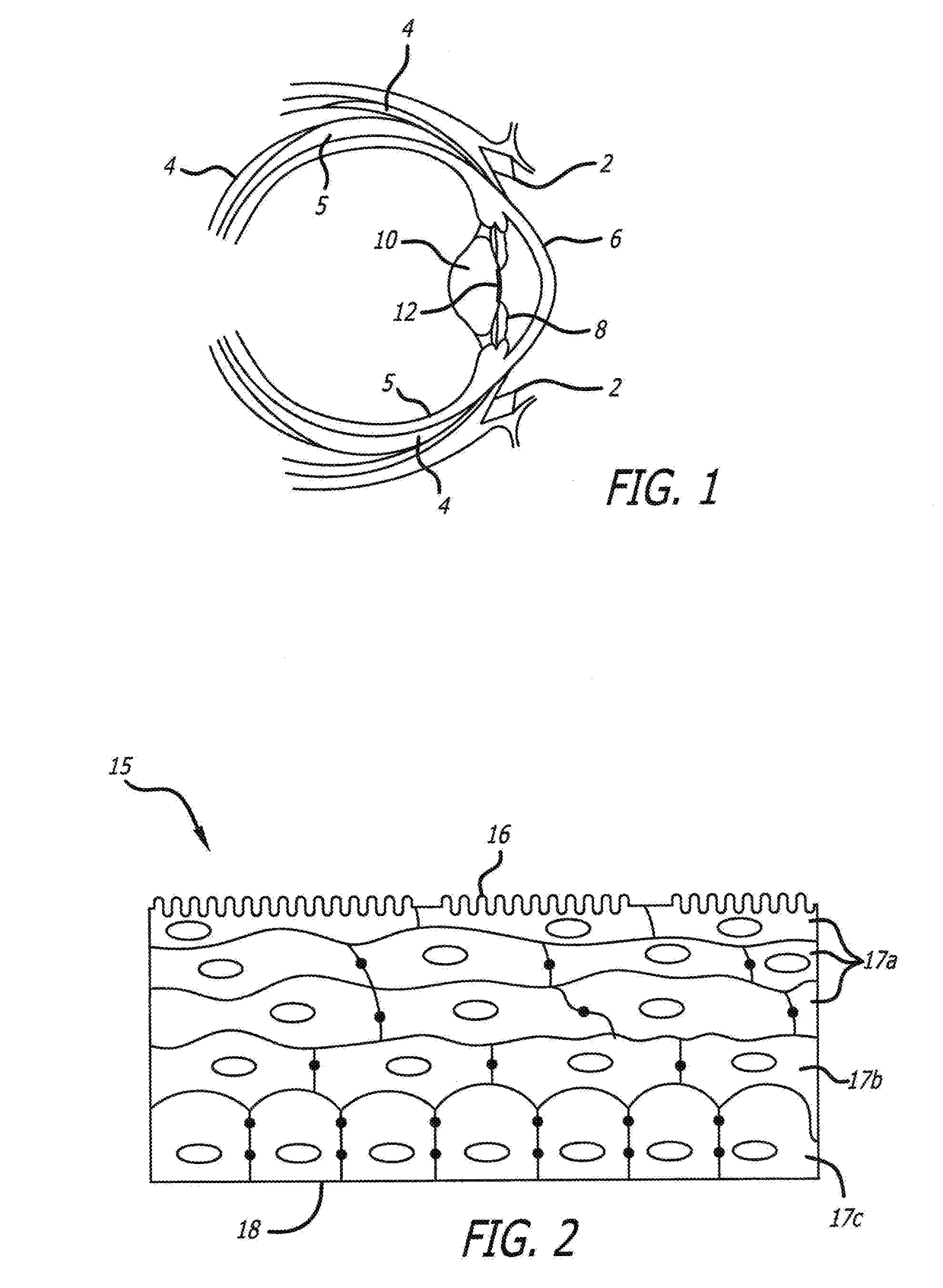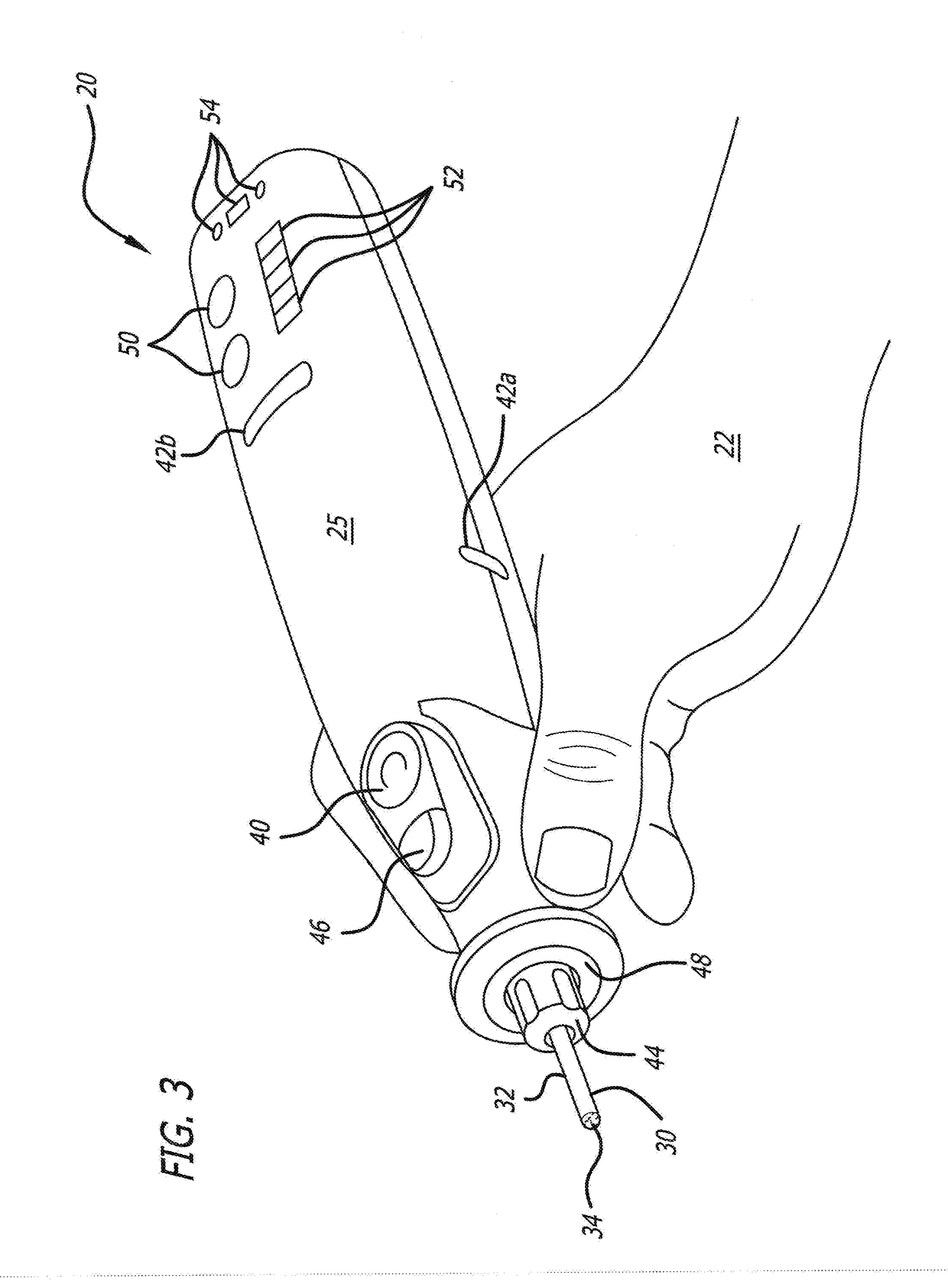Method for removing colored spots to whiten the eye
a technology of eye color and eye color, applied in the field of eye color whitening, can solve the problems of increased melanin production, unattractive eye color, lack of sleep, etc., and achieve the effect of fine control of the wear and tear of the conjunctiva and reducing the risks presented
- Summary
- Abstract
- Description
- Claims
- Application Information
AI Technical Summary
Benefits of technology
Problems solved by technology
Method used
Image
Examples
Embodiment Construction
[0012]FIG. 1 is a cross-section of the eye in which the cornea 6, iris 8, lens 10, and pupil 12 are easily identified. The conjunctiva 2 is part of the protective covering of the inner eyelid and the eye itself. The cornea 6 covers one-sixth of the eye, while the other five-sixths is covered by the sclera 5, which is a physical continuation of the cornea and located just below the conjunctiva 2. Various aspects of the Tenon's capsule 4 are shown, and are located above the sclera 5.
[0013]FIG. 2 is a cross-section of the conjunctiva 15 that is continuously worn away, layer by layer, by the present invention. The outer or anterior surface 16 of the conjunctiva 15 is microscopically uneven to help hold the tear film on the outside of the eye. The top three layers 17a are flattened surface cells. The basal cells form a single columnar layer of cells 17c that adjoins the basal lamina 18. Between surface cells 17a and basal cells 17c are two to three layers of elongated wing cells 17b.
[00...
PUM
 Login to View More
Login to View More Abstract
Description
Claims
Application Information
 Login to View More
Login to View More - R&D
- Intellectual Property
- Life Sciences
- Materials
- Tech Scout
- Unparalleled Data Quality
- Higher Quality Content
- 60% Fewer Hallucinations
Browse by: Latest US Patents, China's latest patents, Technical Efficacy Thesaurus, Application Domain, Technology Topic, Popular Technical Reports.
© 2025 PatSnap. All rights reserved.Legal|Privacy policy|Modern Slavery Act Transparency Statement|Sitemap|About US| Contact US: help@patsnap.com


